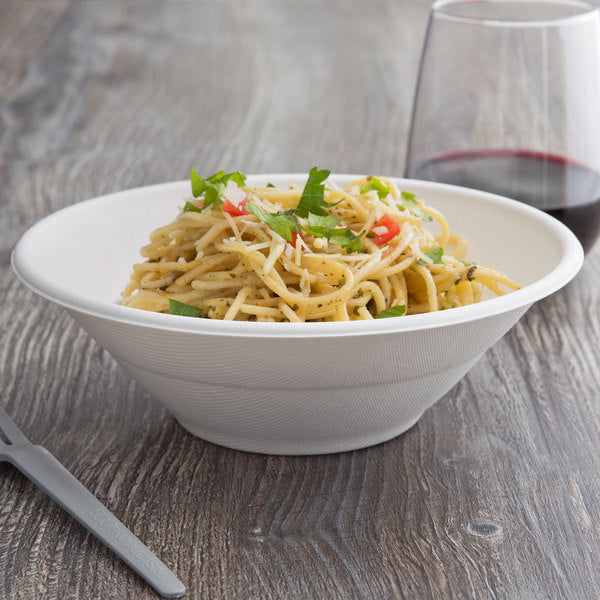Tapas, a hallmark of Spanish cuisine, offer a delightful blend of flavors, history, and social experiences. Originally a practical custom, these small, flavorful dishes have evolved into a celebrated culinary tradition, varying across Spain’s diverse regions. Whether enjoyed in a bustling bar in Seville or a cozy eatery in the Basque Country, tapas provide a communal and vibrant dining experience. This article explores their rich history, defining characteristics, popular varieties, and where to enjoy them best.
The History and Culture of Tapas
The origins of tapas are steeped in folklore and practicality. Historically, these small plates were served to accompany drinks, preventing patrons from becoming too intoxicated. Over time, tapas evolved from simple snacks like bread and olives to elaborate dishes that showcase Spain’s diverse regional ingredients.
Spain’s Mediterranean diet, local agriculture, and culinary traditions heavily influence the flavors and ingredients used in tapas. The communal nature of sharing small plates has made tapas an integral part of Spanish social life. Each region boasts its own unique take on tapas, from the seafood-rich offerings of Andalusia to the sophisticated pintxos of the Basque Country.

What Defines Tapas?
Tapas are more than just small plates; they embody a distinct dining style that emphasizes variety, quality, and social interaction. Their defining characteristics include:
1. Small Portion Size
Tapas encourage diners to sample multiple dishes in a single meal, creating a diverse and flavorful experience. Unlike full-sized entrees, tapas are designed to be shared, promoting a more interactive dining atmosphere.
2. Diverse Flavors and Ingredients
From savory to sweet, classic to contemporary, tapas embrace a wide spectrum of flavors. Some well-known dishes include patatas bravas, gambas al ajillo, and tortilla española, while modern variations experiment with global influences.
3. Emphasis on Quality Over Quantity
Tapas focus on using fresh, high-quality ingredients. Even the simplest dishes, such as jamón ibérico or chorizo, highlight Spain’s rich culinary heritage through meticulous preparation and presentation.
4. Sharing and Social Dining
Tapas are meant to be enjoyed in a communal setting, fostering conversation and camaraderie. Whether at a family gathering or a night out with friends, the shared experience of ordering and tasting multiple dishes is central to tapas culture.
Types of Tapas
Tapas come in various forms, ranging from simple bar snacks to more elaborate dishes. While the term "tapas" can encompass a broad range of foods, they generally fall into three main categories:
1. Cosas de Picar (Nibbles & Snacks)
These are simple, quick-to-serve tapas often enjoyed as appetizers. Examples include:
- Olives and nuts – Classic Spanish bar snacks.
- Cured meats & cheeses – Jamón ibérico, manchego cheese.
- Pickled vegetables – A tangy and refreshing option.

2. Pintxos (Small Bites on Bread)
Originating from the Basque Country, pintxos are small, skewered bites typically served on bread slices. Their characteristics include:
- Endless ingredient combinations – From smoked salmon and cream cheese to grilled mushrooms with aioli.
- Finger food appeal – Eaten easily with hands or toothpicks.
- Common in Basque taverns – A staple of the region’s nightlife.

3. Cazuelas (Warm & Hearty Dishes)
Cazuelas, named after the small clay dishes they are cooked in, are rich, comforting stews. Some examples include:
- Gambas al ajillo – Garlic shrimp cooked in sizzling olive oil.
- Chorizo a la sidra – Chorizo simmered in cider.
- Pisto – A Spanish ratatouille with tomatoes, peppers, and zucchini.

Traditional Spanish Tapas Dishes
Spain’s tapas culture is vast, offering countless classic dishes to explore. Here are some must-try tapas categorized by their style:
Classic Tapas
- Patatas Bravas – Crispy potatoes topped with a spicy tomato sauce and aioli.
- Tortilla Española – A thick Spanish omelet made with eggs, potatoes, and onions.
- Jamón Ibérico – Thinly sliced, dry-cured Iberian ham.
Regional Specialties
- Pintxos (Basque Country) – Bite-sized creations on bread, ranging from seafood to roasted peppers.
- Gazpacho (Andalusia) – A chilled tomato-based soup perfect for hot summer days.
- Paella (Valencia) – While not technically a tapa, smaller portions of this famous rice dish are often served in tapas bars.
Modern Tapas Twists
- Croquetas – Crispy, creamy croquettes filled with ham, seafood, or mushrooms.
- Solomillo al Whiskey – Grilled beef tenderloin with a whiskey-based sauce.
- Montaditos – Mini sandwiches topped with a variety of ingredients.
What Is a Tapas Restaurant?
A tapas restaurant, or "tapas bar," specializes in serving these small, shareable dishes in a lively, casual setting. They can range from hole-in-the-wall neighborhood joints to upscale dining experiences. Their defining features include:
- Small, flavorful dishes – Encouraging variety and sampling.
- A communal dining experience – Ideal for groups and social gatherings.
- Diverse menu offerings – Traditional Spanish favorites alongside modern interpretations.
- A relaxed, inviting atmosphere – Often accompanied by lively conversation and flowing drinks.

When Are Tapas Eaten?
Tapas are enjoyed at various times throughout the day, making them a versatile dining option:
- Lunch – A light yet satisfying midday meal.
- Dinner – Often paired with drinks in the evening.
- Late-night snacks – Many tapas bars stay open late, making them a great spot for an after-hours bite.
- Special occasions – Perfect for social gatherings, celebrations, and casual meet-ups.
Conclusion
Tapas embody the essence of Spanish cuisine—bold flavors, high-quality ingredients, and a focus on shared experiences. Whether you're savoring traditional dishes in a tapas bar in Spain or recreating them at home, exploring tapas is a journey filled with rich culture and unforgettable flavors. So grab some friends, order a variety of dishes, and immerse yourself in the delightful world of tapas!







